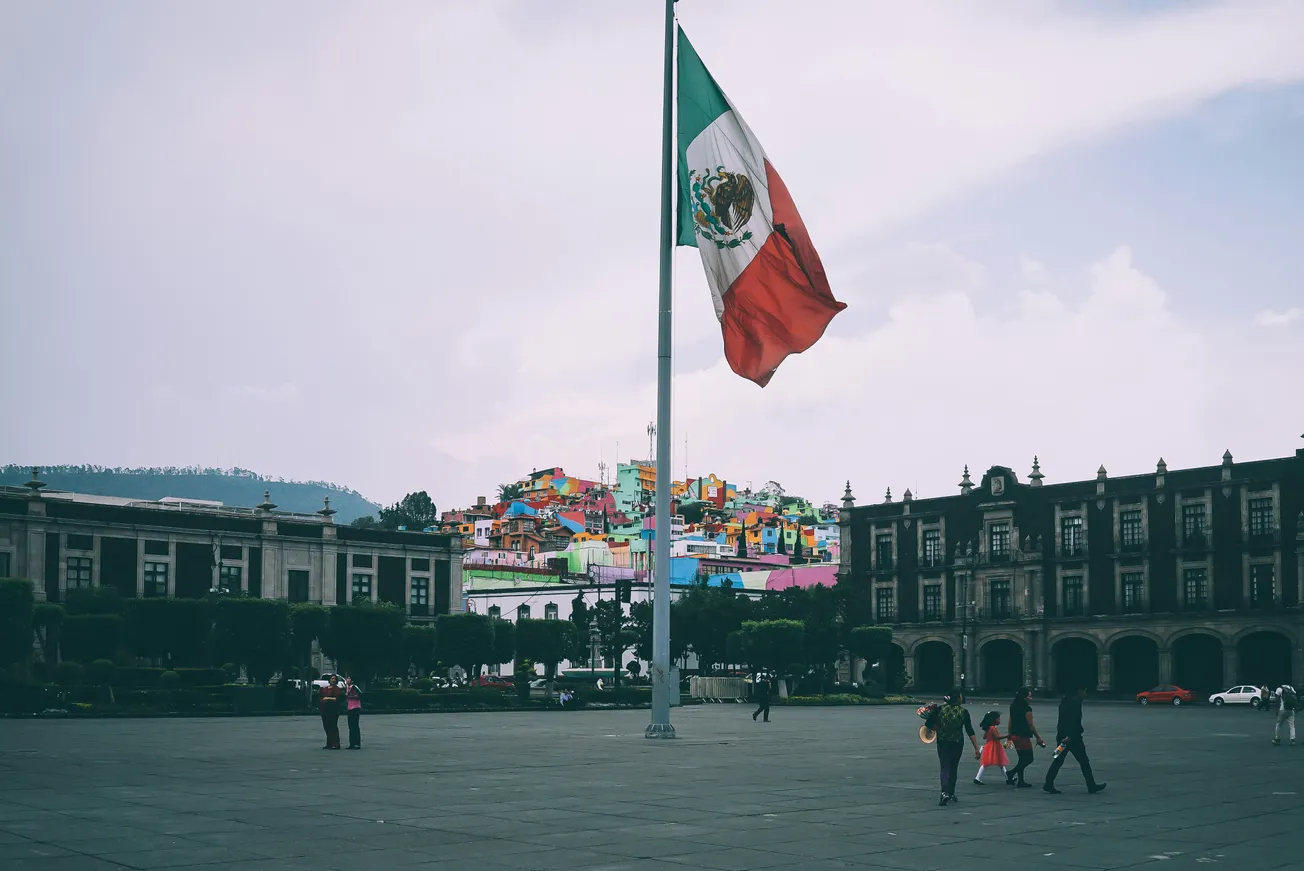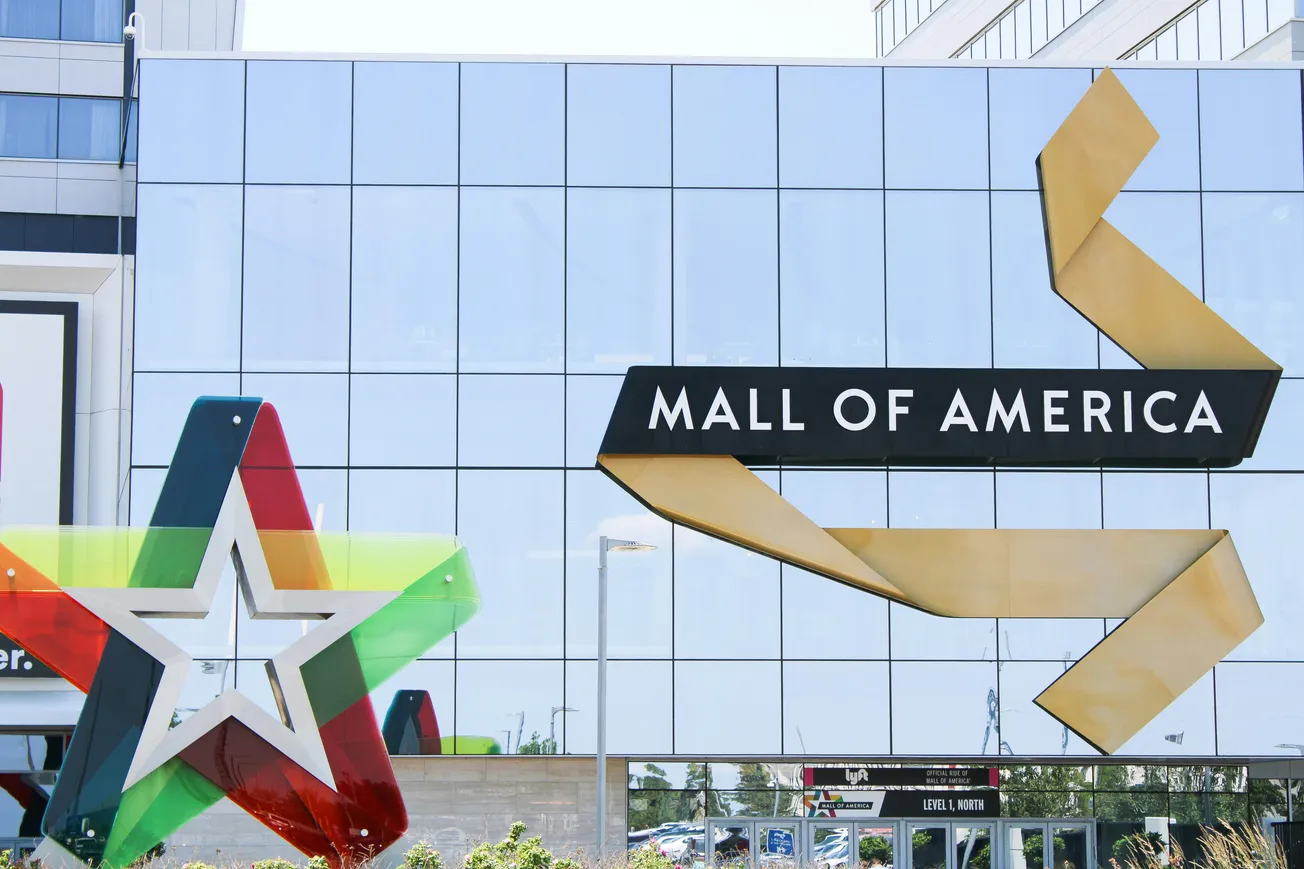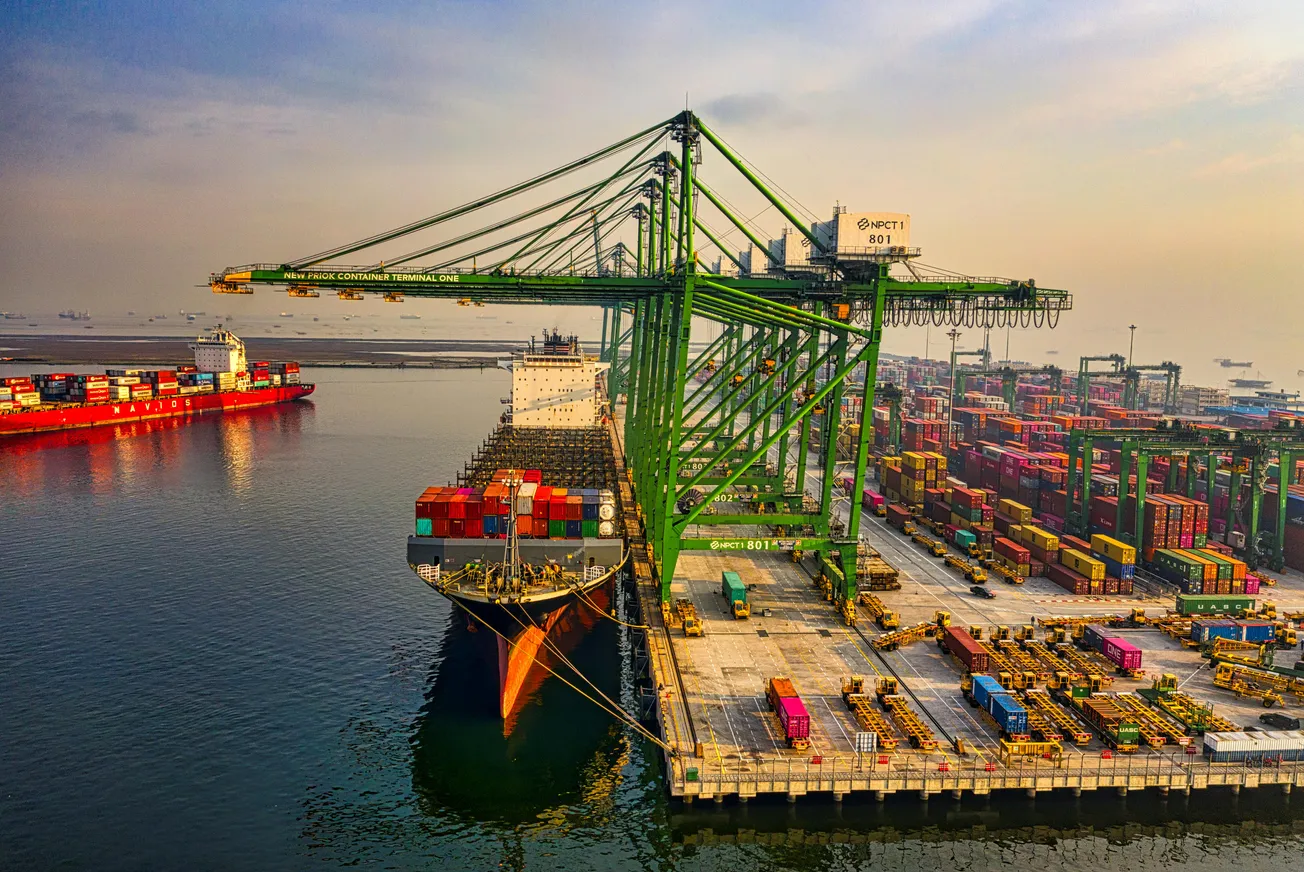Mexico's retail sector is experiencing an unexpected surge in sales, showcasing remarkable adaptability amid broader economic challenges. As we explore the factors contributing to this growth, we unveil insights into shifting consumer patterns and sector-specific trends.
Introduction
The resilience of Mexico's retail market from 2023 to mid-2025 has become a noteworthy phenomenon, demonstrating not just recovery but robust growth. With significant sales increases across various categories like e-commerce and household goods, this trend warrants attention.
Understanding this surge is crucial as it not only reflects consumer confidence but also signals evolving market dynamics.
Key Trends in Retail Growth
The retail landscape in Mexico is undergoing a transformation, marked by impressive growth rates. In 2023, retail sales jumped by 14%, followed by a forecasted 6.5% growth in 2025 according to the National Association of Supermarkets and Department Stores (ANTAD). As ANTAD reported, despite challenges, monthly year-on-year figures continued to rise, indicating sectoral strengths even amidst economic turbulence.
E-commerce Leads the Charge
Notably, e-commerce has emerged as a dominant force, with August 2025 sales increasing by 17.3% compared to the previous year.
The surge is partly fueled by a growing preference for online shopping and an increase in disposable incomes due to nearshoring benefits. Industry analysts predict the e-commerce sector could surpass $109.1 billion by 2025, driven by a CAGR of 16.38% through 2030.
Consumer Behavior Shifts
As consumers become more value-conscious and digitally savvy, retail sectors such as household appliances are also thriving. Companies that have invested heavily in their digital infrastructures are seeing tangible returns.
For instance, leading firms like Walmart and El Puerto de Liverpool, which combined online sales with traditional retail, exemplify adaptation leading to success.
Challenges and Risks Ahead
Despite impressive growth figures, the sector faces pressing challenges. The broader economic contraction of 0.6% year-on-year as indicated by INEGI signifies potential vulnerabilities.
High inflation rates, exceeding targets set by the central bank, could erode purchasing power, presenting risks to sustained consumer spending in the long term.
The Dual-Speed Economy
Interestingly, Mexico's economy reveals a dual-speed nature. While parts of the retail sector boom, broader economic indicators signal caution. This dichotomy requires retailers to stay agile, focusing on optimizing operations and managing risks, particularly those associated with increased consumer credit lending.
Looking Forward
The trajectory of Mexico's retail sector is poised for more innovation and strategic adjustment. The short-term outlook remains optimistic, especially ahead of the busy holiday season. Long-term, however, consolidation may loom as smaller retailers struggle to keep pace with technological advancements.
Conclusion and Implications
In conclusion, the impressive growth of Mexico's retail sector not only highlights consumer adaptability but also the acute necessity for strategic reinvention among retailers. Staying attuned to evolving preferences and conditions will be paramount for businesses aiming to thrive in this dynamic environment. For continued insights on market dynamics, visit StreetInsider.
Consumers and investors alike should monitor key indicators such as inflation rates, GDP growth, and consumer confidence to navigate this landscape effectively.
Tags: Retail, E-commerce, Consumer Behavior









